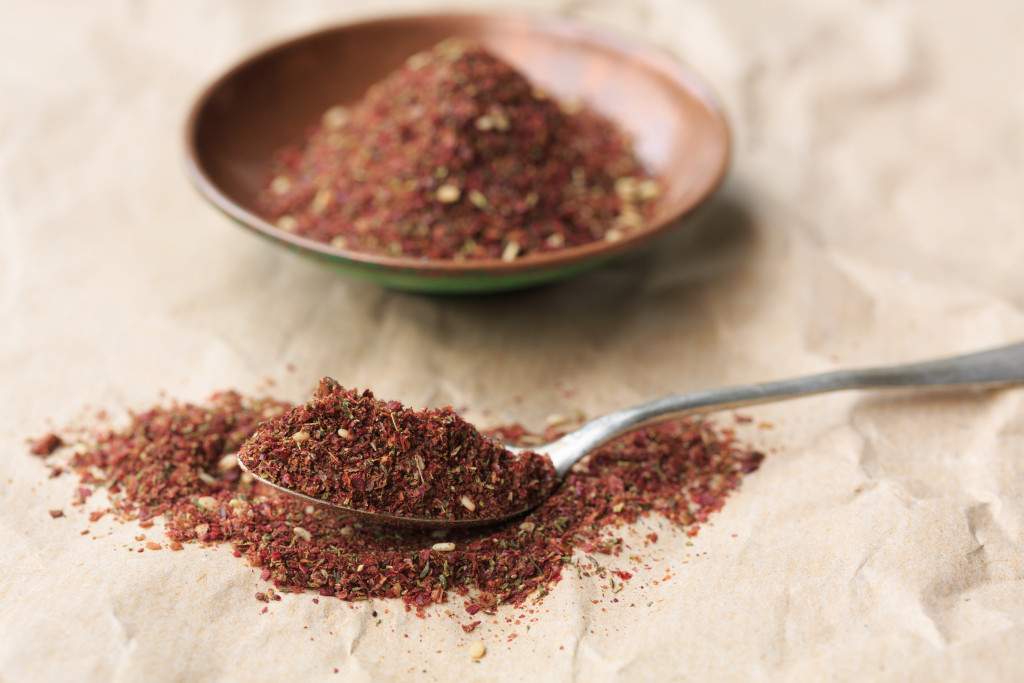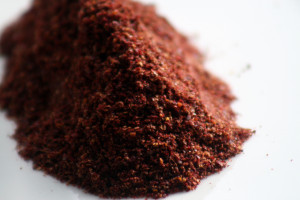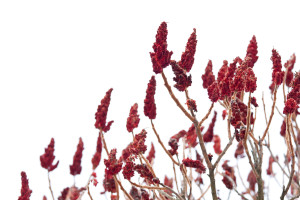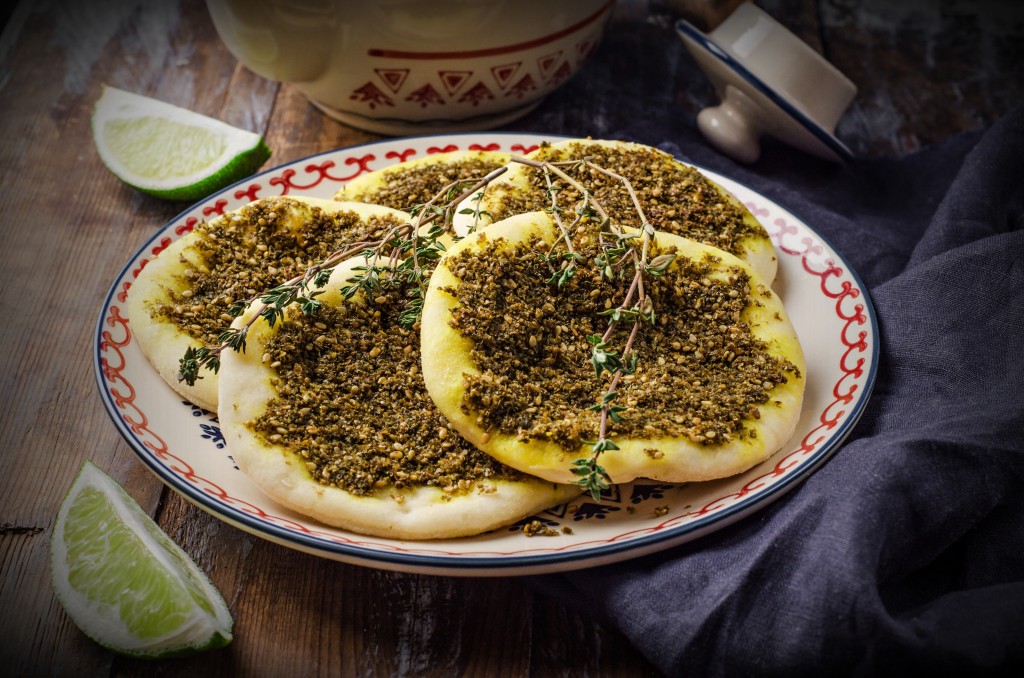
Do you find yourself using the same tired-and-true spices and herbs for seasoning the same dish over and over again? Want to get exotic? You don’t have to fly around the planet to get that experience. You can do it right in your own kitchen.
With Spice Explorer, we’re going to take you on a trip, a journey of palate-pleasing discoveries. Every culture has certain flavor characteristics that make its cuisine unique, distinctive, identifiable. Take for example garam masala, the foundation of Indian curries; 5-spice powder in Chinese dishes; togorashi in Japanese cuisine; or jerk seasoning in Jamaican cookery.
Inject your cooking with new life and new flavors from around the world by following Lobel’s Spice Explorer. Buckle up! Here we go!
A Taste of the Middle East: Za ‘atar

Known by many different names and composed of varying ingredients, za ‘atar is a distinctive spice blend that flavors a wide variety of dishes throughout the Middle East.
How to Make Za ‘atar
At once, za ‘atar is musky, earthy, and tangy. The most basic recipe for za ‘atar consists of equal parts of thyme, toasted sesame seeds, and sumac that are ground together. However, variations abound country-by-country, region-by-region, town-to-town, and even family-to-family using this blend as a base for additions of salt, garlic, cumin, cinnamon, or just about any spice or combination you can imagine.
A Note About Sumac
There are two kinds of sumac, one poisonous and one delicious. Edible sumac grows wild throughout the world, including the U.S., although most commercially farmed and packaged sumac is from Turkey. It grows on shrubs/trees, and the reddish-purple fruit is in the form of densely packed, cone-shaped seed clusters called sumac bobs. It is prized for its bright, lemony flavor and is most often ground for seasoning foods or steeping for tea.


Using Za ‘atar
Za’ atar is highly versatile and it is equally at home flavoring meats, poultry, seafood, vegetables, starches, and grains.
In Lebanon, za ‘atar is used as the primary ingredient in a Middle Eastern pizza known as manakeesh, which is made by spreading flat bread with a coating of olive oil and a dense sprinkling of za ‘atar before it is baked.

Like pizza, manakeesh can be made with varying toppings, such as a mixture of cheeses, or a ground beef or lamb topping that includes tomatoes and onion—and always za ‘atar.
Alternatively, the za ‘atar can be mixed with olive oil and served in a bowl for dipping flatbread or roasted meats.
A Middle Eastern chopped-bread salad, called fatoush, consists of greens, olives, tomatoes, cucumbers, onions, and toasted pita points in a light olive-oil dressing and a liberal dusting of za ‘atar.
Sabich is an Israeli pita sandwich starring grilled, smoked, or fried eggplant flavored with olive oil and za ‘atar in combination with hard-boiled eggs and other ingredients, including a pickled mango chutney, called amba; matbucha, an addictive sauce made from tomatoes and hot peppers; tahini; hummus; Israeli salad (diced tomatoes and cucumbers dressed in lemon juice or olive oil); and others.
Taking It A Step Farther
Outside of strict Middle Eastern cuisine, za ‘atar can be used in all styles of dishes:
- Use it as a dry rub for burgers, steaks, poultry, pork, or lamb chops before grilling.
- For roasting vegetables: mix baby potatoes, carrots, zucchini, broccoli, or cauliflower florets or any coarsely diced vegetable with salt, fresh ground pepper, olive oil, and za’ atar. Coat thoroughly and roast at 350°F for 20-40 minutes – until tender, depending on the density of the vegetable or root.
- Compound butter: melt or soften 1/4 cup butter and add 1 tablespoon za ‘atar. Chill. Use as a topping for fish steaks, lobster, pasta, rice, quinoa, or faro. For a real flavor blast that is out of the ordinary, try this butter on hot corn on the cob.
- Top a bowl of chowder with a teaspoon or so of za ‘atar.
- Mix with cream cheese, sour cream, crème fraiche, or Greek yogurt for a bread or vegetable dip.
- Use it to flavor beef stew, pot roast, and other braised dishes.
- Add to salad dressings and vinaigrettes.
- Mix into scrambled eggs or mix into Hollandaise for a distinctive Eggs Benedict.
Have you ever tried za ‘atar? What would you add to the basic recipe to make it your own? Are you a fan of Middle Eastern cuisine?



Leave Your Response